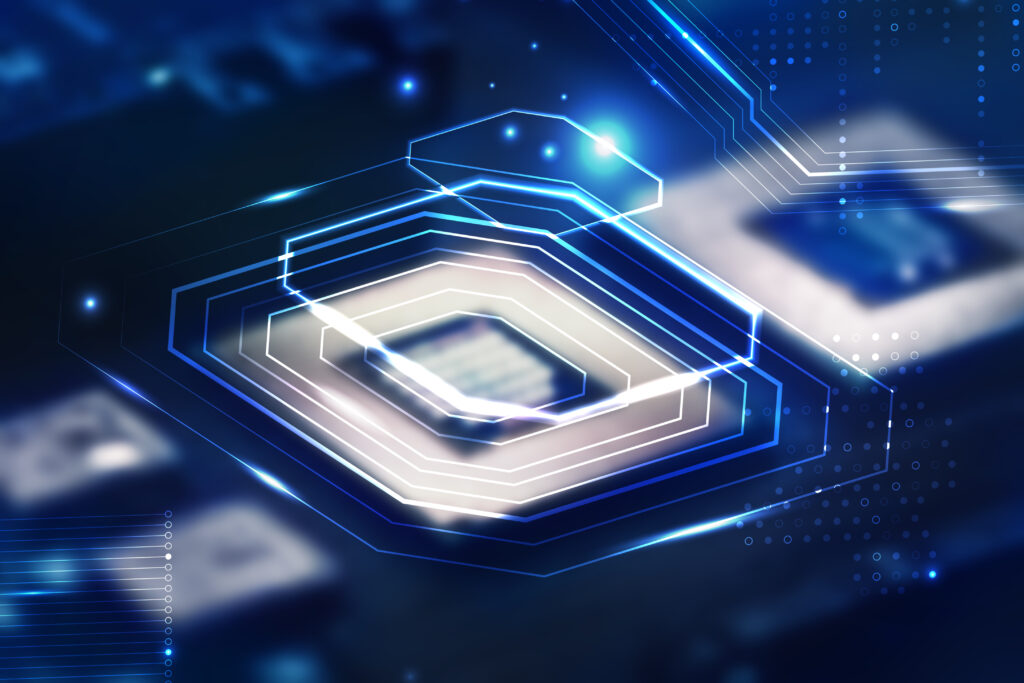Quantum computing breakthroughs push 2025 into a new era
Quantum computing is moving from labs to industries in 2025, with breakthroughs transforming finance, healthcare and security.

Quantum computing is set to shift from theory to real-world applications in 2025, driven by breakthroughs from Google and IBM. With error-corrected qubits and faster processing, the market is projected to reach $292 billion by 2035.
New chips, such as Google’s Willow, have significantly reduced errors, while interconnect innovations link multiple processors. Hybrid quantum-classical systems are emerging, with AI refining results for logistics, energy grids, and secure financial transactions.
The technology is accelerating drug discovery, climate modelling, and materials science, cutting R&D timelines and improving simulation accuracy. Global firms like Pasqal are scaling production in Saudi Arabia and South Korea, even as geopolitical tensions rise.
Risks remain high, from the energy demands of quantum data centres to threats against current encryption. Experts urge rapid adoption of post-quantum cryptography and fault-tolerant systems before mass deployment.
As the UN marks 2025 as the International Year of Quantum Science, quantum computing is quietly being integrated into operations worldwide, solving problems that surpass those of classical machines. The revolution has begun, largely unnoticed but poised to redefine economies and technology.
Would you like to learn more about AI, tech, and digital diplomacy? If so, ask our Diplo chatbot!
